This is the first in a series of lively, fun, and challenging study guides illustrated by my artwork about Russian history. In addition to being an artist, I have a Ph. D. in Russian History from the University of Michigan. My new paintings and mixed media works about Russia are collectively titled PLAYGROUND OF THE AUTOCRATS.
My Playground of the Autocrats art animates a framework for studying Russian history. This framework explores how Russia’s present-day society and government are embedded its past, from the 13th century through the rise of Muscovy, Tsarism, Communism and post-Communism. In the image below, the Tsarist godparents of a mustached infant Stalin bestow the blessings of their autocratic past on him, to his delight.
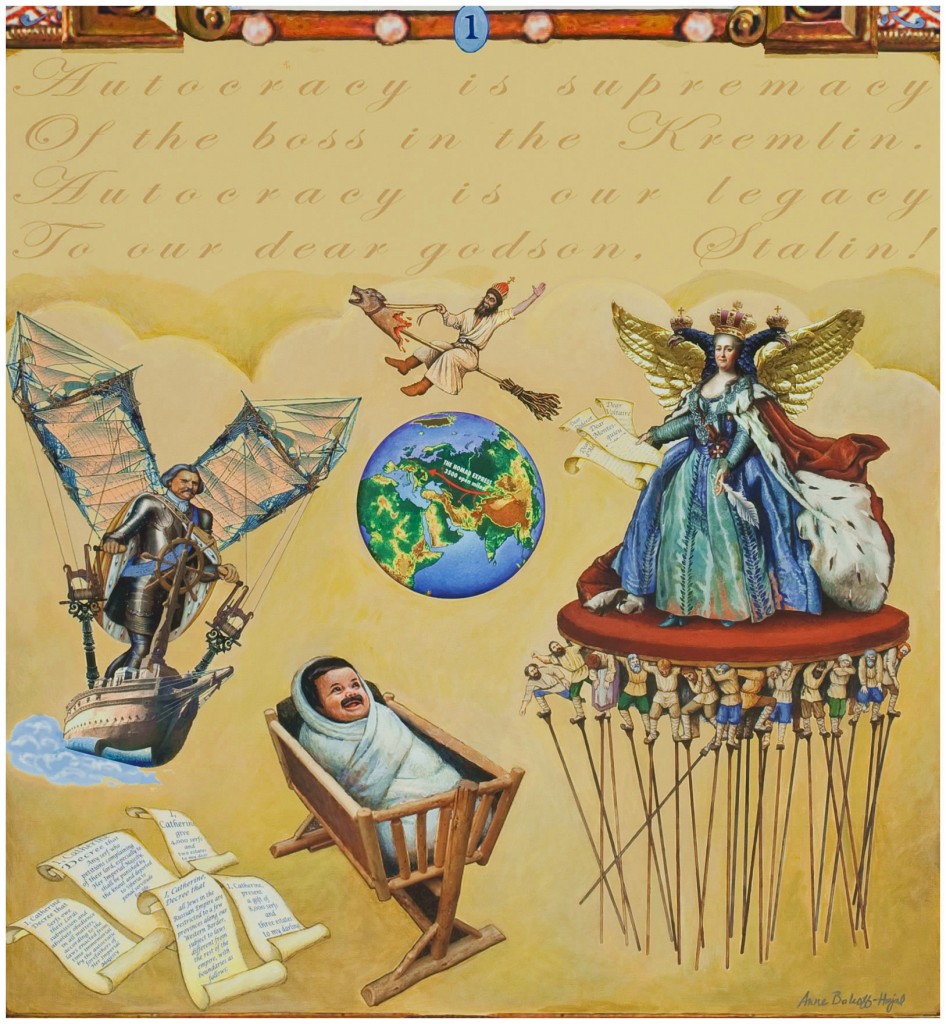
Stalin’s tsarist “godparents” bestow the “blessing” of Russia’s past on Soviet Communism. Detail of central panel from “Dress It Up In Resplendent Clothes” by Anne Bobroff-Hajal
In these Study Guides, I’ll suggest “big questions” for discussion. I’ll take a long perspective, not focusing on fine details: less on trees and more on forest. Actually, I’ll take another giant step back from the forest to see it in wider perspective, to ask what forest conditions cause certain trees to grow there but not others, one forest ecosystem to develop instead of another:
What caused an autocratic state to grow on the vast territory that became Russia, rather than another form of government? Was it pure chance, or were there particular conditions that engendered it?
Three Quotations
From Chester Dunning and Norman S. Smith, “Moving Beyond Absolutism: Was Early Modern Russia a ‘Fiscal-Military’ State?” Russian History, 33, No. 1 (Spring 2006) pp. 38-40 (my bold):
“The origins of Russian autocracy are complex and controversial… [They] resulted in the rapid development of a service state…in which he performance of duties that directly or indirectly bolstered the country’s security were required from virtually everyone. As a result, Russia’s tsarist system became ‘one of the most compulsory in Europe….’
“Coming into the sixteenth century, Russia was, more than any other contemporary society, ‘organized for warfare.’ During the sixteenth century Russian military forces fought almost constantly, and Russia actually emerged as a major military power before the reign of Ivan the Terrible (1547-84), the founder of the Russian empire. The sixteenth century also witnessed the rapid development of a powerful Russian central state administration…. As in other fiscal-military states, that led to extremely coercive efforts to harness Russian society to the task of paying for the prohibitively expensive costs of early modern warfare. The extraction of domestic resources was greatly facilitated by the fact that nowhere else in Europe was the principle of service to the state pressed as far as in Russia….
“Generously rewarded for life-long service, the tsar’s bureaucrats were incredibly loyal and hardworking, and they succeeded admirably at imposing the central state’s authority.
“From the very beginning, Russia’s bureaucrats were primarly oriented to the task of raising, financing, and supplying the tsar’s military forces. They were not hampered by the concerns of bankers or merchants and were therefore basically free to extract resources from the economy with no concern for or understanding of the impact of their actions. Taxes were imposed with zeal to pay for the cost of war…. Over the course of the [16th] century taxes for many Russians rose 600 percent….”
Why was the 15th and 16th century Russian state so continually focused on war, devoting more of its resources to military mobilization than did any other society? Research over the last decade or so indicates that Russia’s vast open southern steppe frontier forced the country to mobilize militarily from top to bottom. Virtually every year, semi-nomadic Tatar raiders, in small groups and large, galloped across the wide open plain to plunder and “harvest the steppe” of humans to sell into slavery in Crimean slave markets. Over several centuries, hundreds of thousands of Russians were abducted and marched in chains across the steppes to be sold into bondage. No population except Africans has been enslaved more than the Slavs.
Some of the historians who have researched Russia’s southern steppe frontier are Carol Belkin Stevens, Michael Khodarkovsky, and Brian L. Davies, who wrote in his Warfare, State and Society on the Black Sea Steppe, 1500-1700 (pp.1, 17, 23):
“For nearly four centuries – from the reign of Moscow Grand Prince Vasilii III through the reign of Russian Empress Catherine the Great – the Russian government, army, and people confronted the threats of Crimean Tatar invasion and raiding on their southern frontier….
“There were forty-three major Crimean and Nogai attacks on Muscovite territory just in the first half of the sixteenth century…. Large Tatar forces were able to penetrate into the heartland of Muscovy even in years when…the Russians [were able] to increase regimental strengths along their southern frontier. In 1571 Khan Devlet Girei invaded with an army of 40,000 Crimeans, Nogais, and Circassians and burned much of Moscow, allegedly killing 80,ooo and carrying off 150,000 captives. The Tatars burned the suburbs of Moscow again in 1592 while the bulk of Russian forces were busy fighting the Swedes on the northwester frontier. In 1633, while the tsar’s army was preoccupied in a western campaign…the Crimeans and Nogais launched devastating attacks upon the interior districts of Kashir and Serpukhov….
“[S]laveraiding was essential to the economy of the Crimean Khanate. And if Tatar slaveraiding was a lower-intensity threat than invasion, it was also a nearly constant threat and inflicted heavy costs…. Tatar slavers raided the southernmost Muscovite colonies almost every summer, capturing servicemen and peasants working in their fields, driving off herds of livestock, burning villages and town suburbs, and ambushing patrols and merchant caravans. Most of these raids were undertaken by chambuly of a few hundred men yet were able to do a great deal of damage.”
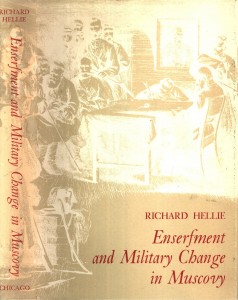
Richard Hellie book cover
Every member of the Russian gentry was obligated to mobilize for half of every summer along the frontier to defend against raids. This put huge a burden on gentry members who also had to maintain agriculture on what were often small estates. Wrote Richard Hellie in Enserfment and Military Change in Muscovy (p. 29),
…it was not a standing army. Usually one half was called up in the spring, to await an expected Tatar invasion on the frontier, and served to mid-summer. Then it was replaced by the other half, which served until late autumn. During either offensive or defensive emergencies, which were frequent throughout this period, both ‘halves’ were summoned simultaneously…. The success of any mobilization call was highly dependent on the condition of agriculture at the moment of the summons. If a serviceman’s lands could not provide the wherewithal for his service, he would not report for duty.
To the extent possible given the immense drain on resources, all of Russian society was organized like an army ready for war. The Tsar was commander in chief. Independent organizations and institutions were not allowed, just as in armies the chain of command from must always to be obeyed. While Tsar and elites benefited most from this system, the general populace acquiesced in order to be protected against constant threat from across Russia’s great flatland.
Discussion Question 1:
A. Are there factors beyond human decisions that shape the development of societies in general and in particular Russia?
B. Or are human beings and their free choices the primary drivers of history, including in Russia?
C. Can you think of a different position altogether, or some combination of A and B?
Discussion Question 2:
A. Once an autocratic “garrison state” was formed in Russia, could it have been eradicated in later periods when the country was less vulnerable to outside attack?
B. Or were elites able to maintain themselves in power even after the “garrison state” was no longer as necessary?
- Was the psychology of the majority of people so molded by autocracy that most couldn’t envision an alternative?
- Did the lack of development of institutions and power bases independent of the government block the possibility of transformation to a less autocratic state?
In other words, is my triptych godparent image accurate or not? Is the past the godparent to the future, no matter how revolutionary that future seems superficially?
These are very big questions that you won’t be able to fully answer at the beginning of your Russian history study. As you read and hear more about Russia, you’ll gather more evidence to form your own opinions about them.
Additional Links:
On the similarities between the trade in Slav and African slaves: Britannica.com.
Robert O. Crummey, The Formation of Muscovy, 1304-1613
Chester Dunning, Russia’s First Civil War: The Time of Troubles and the Founding of the Romanov Dynasty.
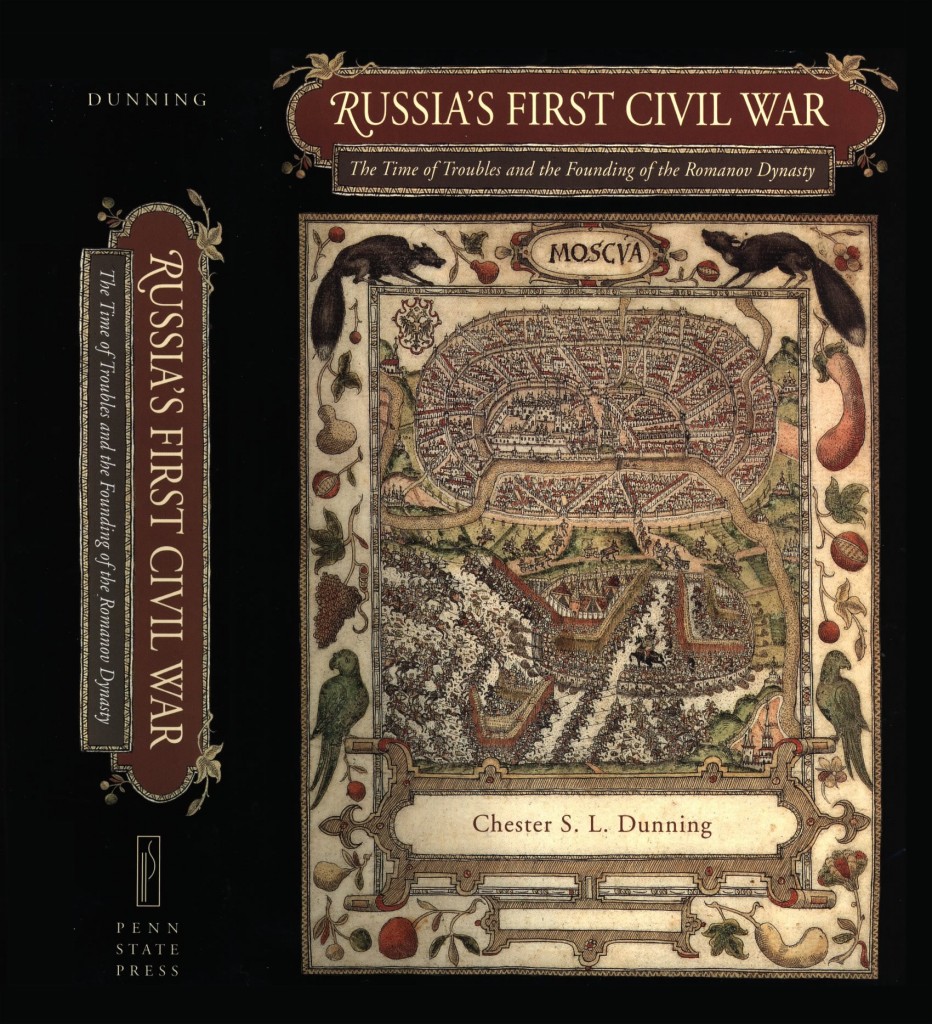
The beautiful cover of Chester Dunning’s book RUSSIA’S FIRST CIVIL WAR, THE TIME OF TROUBLES AND THE FOUNDING OF THE ROMANOV DYNASTY, published by Penn State University Press, 2001, shows “The Rebel Siege of Moscow, 1606”




















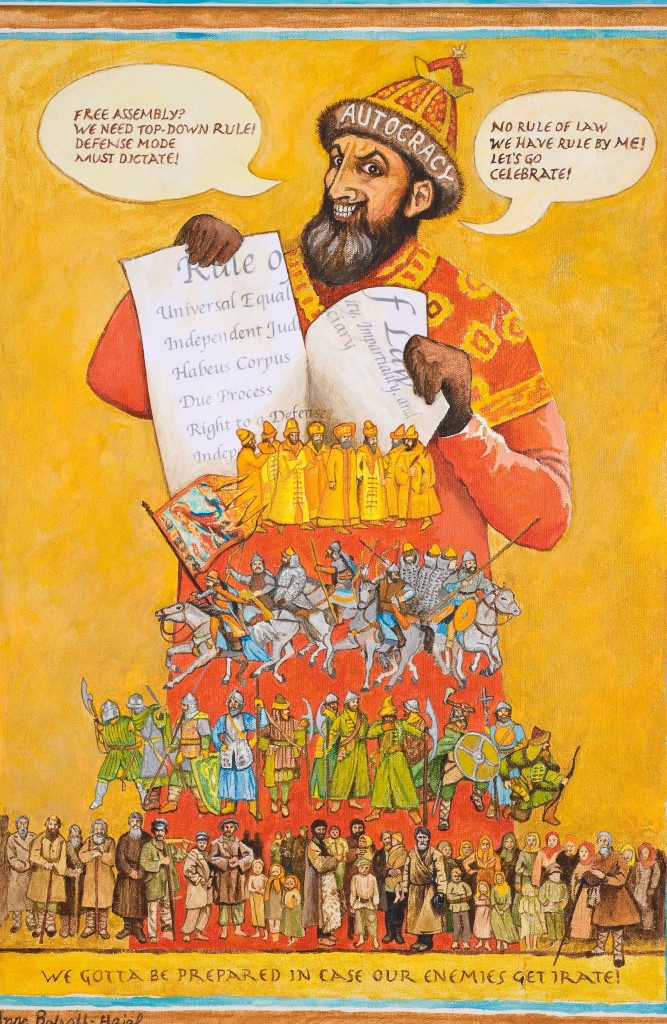
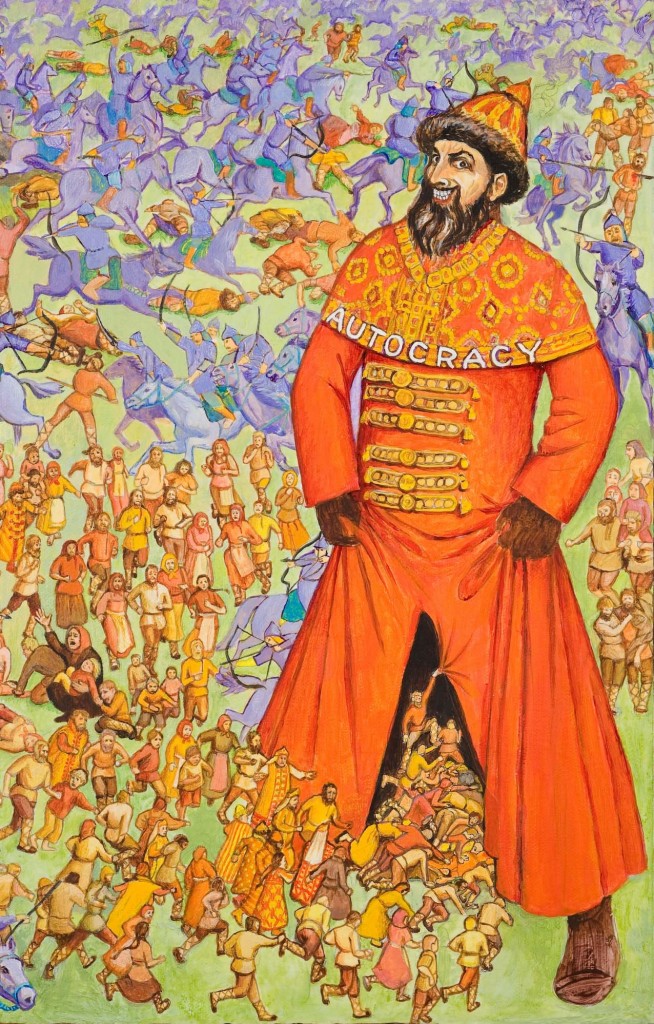

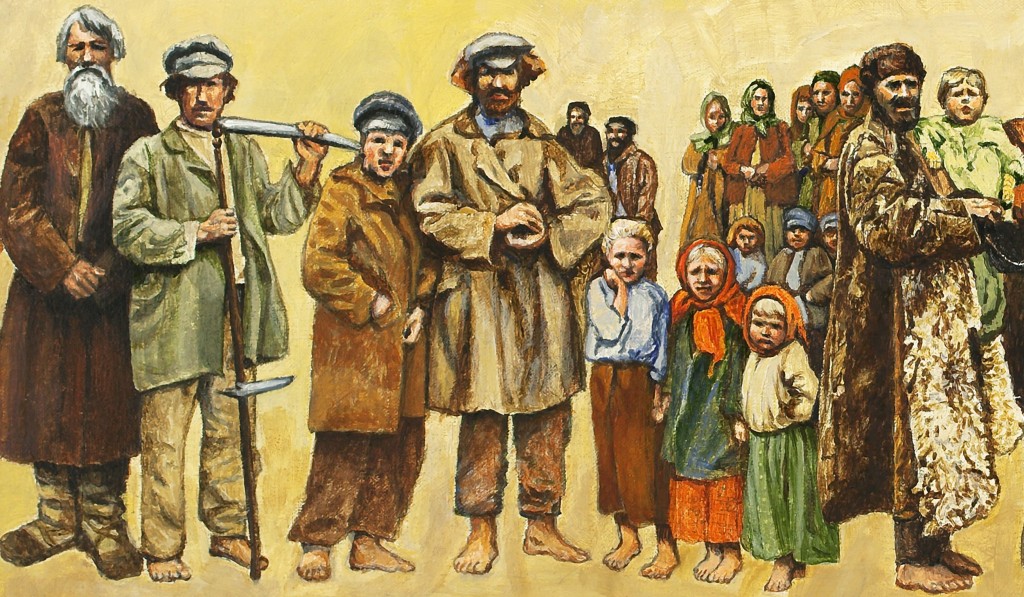
pendik evden eve nakliyattEvden eve nakliyat Pendik bölgesinde bulunan en köklü ve kaliteli nakliyat şirketleri.Kuşaklardan beri eşya taşıma işlemlerinde sizedestek sağlıyoruz. Sizde kaliteli bir taşıma istiyorsunuz hemen bize yazabilirsiniz.
I read this post fully about the comparison of most recent and previous technologies,it’s remarkable article.
Just Browsing While I was surfing today I saw a excellent post about
legitimate canadian mail order pharmacy mobile rx pharmacy
Pretty! This was an extremely wonderful post. Thanks for supplying these details.
https://datingonlinehot.online/# asian online dating
[url=https://datingonlinehot.com/#]connecting singles[/url] on line dating services
https://datingonlinehot.com/# tinder dating site pictures women
I blog often and I really thank you for your content.Your article has truly peaked my interest. I am going to bookmark your blog and keep checking for new details about once aweek. I subscribed to your RSS feed too.
among giants. There have been On this console, you will
The playing cards are dealt 1 participant at a time following proper dealing order. You can check the different tables that are trending at the moment and can then location your order appropriately.
Major thankies for the blog post.Much thanks again. Want more.
Fantastic blog post.Really looking forward to read more. Want more.
What a stuff of un-ambiguity and preserveness ofvaluable experience on the topic of unpredicted emotions.
I am so grateful for your blog article. Will read on…
Howdy! Do you know if they make any plugins to help with SEO?I’m trying to get my blog to rank for some targeted keywords but I’m not seeingvery good results. If you know of any pleaseshare. Appreciate it!
zithromax tablets zithromax z-pak when does azithromycin start working what type of antibiotic is azithromycin
https://cheapestedpills.com/# best medication for ed
[url=https://cheapestedpills.com/#]erection pills viagra online[/url] ed pill
https://cheapestedpills.shop/# top ed drugs
I really like and appreciate your article post.Much thanks again. Great.
5mg generic 2mg generic 4mg generic 6mg generic 20mg Hemady levitra achat en baisse One possibility is that hormones stimulated in response to decreased intravascular volume are responsible for some changes in lipid and lipoprotein levels
https://cheapestedpills.shop/# best ed pills at gnc
[url=https://cheapestedpills.shop/#]medication for ed dysfunction[/url] treatment for ed
Great remarkable issues here. I am very glad to see your post. Thanks so much and i am having a look ahead to contact you. Will you kindly drop me a mail?
Hello my family member! I want to say that thisarticle is amazing, great written and come with approximately all importantinfos. I would like to see extra posts like this .
Superb post but I was wondering if you could write a littemore on this subject? I’d be very grateful if you could elaborate a littlebit more. Many thanks!
What an impressive way of looking at things.
Muchos Gracias for your article. Really Cool.
small apartment decor forest place apartments best apartment finder app